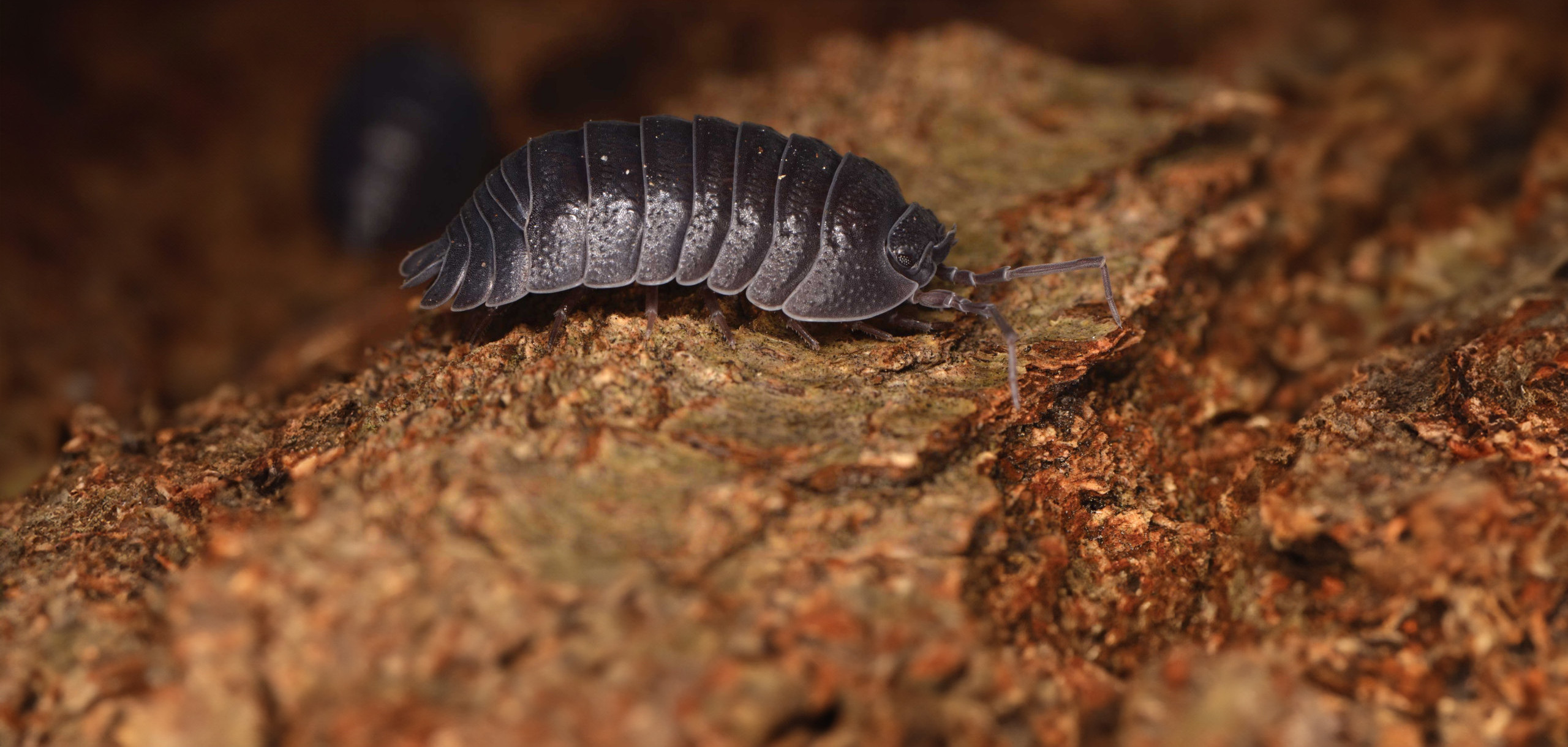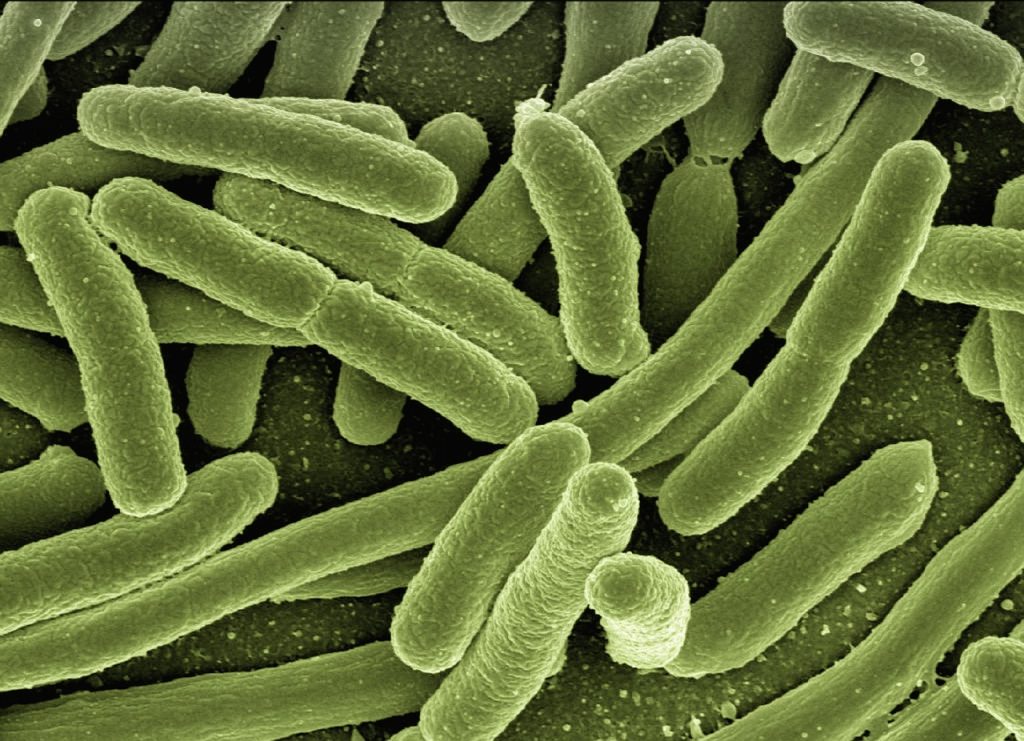Health Science

Health Sciences Carolina helps you prepare students for successful careers. Get Started Building Future Health Care Professionals Delivering quality health care requires a well-rounded skillset. Our broad selection of resources, lab kits, and equipment such as simulators, models, blood products, and more give your students the classroom experience needed to excel in the workforce and […]
Introduction to Protists: Amoeba

Carolina LabSheets™ Overview In this lab, students will observe Amoeba proteus as an example of an animal-like protist. Traditionally, amoebas were classified under Domain Eukarya, Kingdom Protista, and Phylum Amoebozoa. However, it is widely recognized that Protista is not a natural grouping. Amoebozoa are more closely related to fungi and animals than they are to […]
Substances with a Hazardous Nature but May Have Potential Educational Utility

These chemicals should be removed from the schools if alternatives can be used. For those that must be retained, amounts should be kept to a minimum. These are appropriate for advanced-level High School classes only. This following list was generated from the Manual of Safety and Health Hazards in the School Science Laboratory published by […]
Protists: Key to Algae Mixtures

Carolina LabSheets™ Overview In this lab activity students use a simple dichotomous key to identify several genera of algae contained in our algae mixtures. The key avoids the use of highly technical terms so that even beginning students can use it. Student Lab Sheet Key to Algae Mixtures Needed Materials Algae Mixture (see recommendations below) […]
Seed Germination

Carolina LabSheets™ Overview The story of how a seed becomes a plant is fascinating to young students. These activities will help them explore the process of germination. Students will observe the internal structure of a seed, seed germination, and early seedling growth. The activities are recommended for grades K–4 and can be done as part […]
Pill Bug Behavior

Carolina LabSheets™ Overview This activity is an introduction to animal behavior. Students conduct an experiment to test the response of pill bugs (Armadillidium vulgare) to conditions of low and high humidity. Pill bugs are crustaceans. Most crustaceans are aquatic, but pill bugs are terrestrial. Even so, they retain gills as respiratory organs, which restricts them […]
Introduction to Protists: Euglena

Carolina LabSheets™ Overview In this lab, students observe Euglena, a protist that combines some characteristics of animals with the plant-like ability to photosynthesize. Traditionally, Euglenas were classified under Domain Eukarya, Kingdom Protista, and Phylum Euglenozoa (sometimes Euglenophyta). However, it is widely recognized that Protista is not a natural grouping. Currently, Euglena is classified in the […]
Introduction to Prokaryotes: Cyanobacteria

CAROLINA LABSHEETS Overview Materials Procedures Quick Links Close Quick Links Open Quick Links Overview Materials Procedures Overview Materials Procedures Overview In this lab students observe two examples of cyanobacteria and make a simple comparison to a eukaryotic green alga. arrow-icon-size3 Download Activity Guide Materials Introductory Bacteria Sets arrow-icon-size3 Shop Cyanobacteria Needed Materials culture of Anabaena […]
Carolina: Here to Help with Assistive and Adaptive Technologies for Your Science Classroom

Assistive and adaptive technologies are designed to support students, including those with disabilities, in their educational pursuits. These technologies aim to enhance learning experiences, provide equal opportunities, and foster independence. Assistive and adaptive technologies are particularly important in the science classroom given the hands-on, laboratory component of science classes. Here are a few examples […]
Introduction to Prokaryotes: Bacteria

Carolina LabSheets™ Overview In this lab students are introduced to the Domain Bacteria (Eubacteria). They will make smears of bacteria on microscope slides from pure cultures, perform a simple stain, and observe their stained slides under a microscope. The stained slides are best observed at 700–1000× with oil immersion; however, they can be viewed under […]
